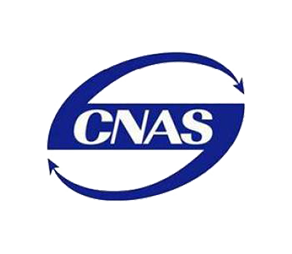1. Limitations of Traditional Pipe Fitting Production
In the traditional production of pipe fittings, it is usually necessary to make molds or perform processing steps such as casting and cutting, which is not only time-consuming, but also easy to generate a lot of waste during the production process. Taking pipe elbows, tees and valves as examples, these accessories often need to be customized according to the specific needs of the project, especially for some special specifications or environmental pipe systems. At this time, traditional manufacturing methods often cannot meet the needs of rapid response and personalization.
In addition, in the traditional manufacturing process, the production cycle is long and the batch production mode is relatively fixed, which makes it difficult to cope with small batches and diversified customization needs. This greatly reduces the flexibility of production, and enterprises have to reserve a large amount of inventory to cope with different market demands, which also increases the operating costs of enterprises.
2. How 3D printing breaks the bottleneck of traditional manufacturing
One of the biggest advantages of 3D printing technology is on-demand production. Designers can quickly design pipe fittings through 3D modeling software and directly manufacture the required parts through 3D printing technology without complex processing technology and expensive mold costs. This production method makes the design and production of pipe fittings more flexible, and can adjust the production plan at any time according to actual needs, reduce inventory backlogs and reduce capital occupation.
Rapid prototyping: 3D printing technology can quickly transform design plans from digital models into actual objects. This is especially important for pipe fittings that require rapid design verification. In traditional production methods, it is usually necessary to go through multiple trials and modifications, while with 3D printing, it only takes a few hours or days to get fitting samples that meet the requirements, so as to quickly test and optimize.
Personalized customization: 3D printing makes personalized customization possible. For some pipe fittings with special specifications or complex structures, traditional production methods may be difficult to implement due to process complexity or mold limitations. 3D printing technology can design pipe fittings with complex geometric shapes according to actual needs to meet the specific needs of different pipe systems.
3. How 3D printing changes the production process of pipe fittings
The application of 3D printing has completely changed the entire process of pipe fittings from design to production:
Design stage: The design of pipe fittings is usually carried out by 3D modeling software (such as AutoCAD, SolidWorks, etc.). Designers can freely create and optimize designs through software according to the specific needs of the engineering project to solve many limitations in traditional manufacturing methods. For example, the corrosion resistance and high temperature resistance of the fittings can be directly considered in the design, and adjustments can be made in the model in advance.
Production stage: During the 3D printing process, the digital design file is directly transferred to the printer, and the printer will gradually print out the various parts of the pipe fittings according to the preset layers until the entire part is manufactured. Compared with traditional methods, 3D printing can achieve the transformation from design to actual objects in a shorter time, greatly shortening the production cycle.
Quick modification and feedback: In traditional production, if problems are found during the production process, it is usually necessary to remake the mold and reprocess it, which will result in a large waste of time. In 3D printing, design modifications can be made directly on the digital model, and the new design can be used for printing immediately without complex process adjustments, which greatly improves the response speed and flexibility.
4. Advantages of customized pipe fittings of 3D printing
With the diversified development of construction projects, industrial pipelines and urban infrastructure projects, the market demand for customized pipe fittings is increasing. 3D printing technology undoubtedly provides a perfect solution for this demand.
Complex shapes and structures: Pipe fittings such as elbows, tees, valves, etc. often need to have complex geometric shapes and high-precision joint surfaces, which may require specially designed molds or cutting processes in traditional production. 3D printing can directly manufacture these complex shapes, eliminating unnecessary processes and ensuring the accuracy of connecting parts.
Use of special materials: 3D printing can not only use common plastic materials (such as polyethylene, ABS, etc.), but also metals or other high-performance materials to meet the needs of pipeline systems in different working environments. For example, in high temperature, high pressure or highly corrosive environments, pipe fittings made by 3D printing using specific metal materials can ensure the safety and stability of the system.
Tailor-made: Through 3D printing, companies can quickly manufacture pipe fittings that meet the requirements according to the specific needs of the project, avoiding the inventory pressure brought by large-scale production, and also saving the waste caused by overproduction.
Practical application cases of 3D printed pipe fittings
With the development of 3D printing technology, more and more industries have begun to explore its application in the manufacture of pipe fittings (such as pipe fittings, joints, flanges, valves, etc.). 3D printing not only improves production efficiency, but also makes the production of customized pipe fittings possible, especially in some pipeline projects with special needs, the application of 3D printing further highlights its advantages. The following are some practical application cases that demonstrate the great potential of 3D printing in pipe fitting production.
1. Customized pipe fittings in natural gas pipeline systems
Background
In some natural gas pipeline projects, especially in complex urban pipeline networks or industrial pipeline systems, customized pipe fittings are often required to adapt to specific installation environments or system requirements. Traditional manufacturing methods often cannot produce these complex-shaped pipe fittings in a short time, and there are high costs and manufacturing cycles.
Application
Through 3D printing technology, engineers can quickly design and manufacture pipe fittings that meet special installation requirements. For example, in some difficult-to-access areas, 3D printing technology can be used to customize precise elbows and tees, thereby reducing installation space and time, and ensuring the efficient operation of the pipeline system.
Results
Pipe fittings produced using 3D printing greatly shorten the production cycle while reducing material waste. The overall delivery time of the project has been significantly improved, saving a lot of labor and transportation costs.
2. High-temperature resistant pipe fittings in the oil and gas industry
Background
Oil and gas pipeline systems often need to withstand high temperature and high pressure working environments. Traditional pipe fittings (such as valves, flanges, etc.) sometimes find it difficult to meet these demanding performance requirements. Conventional production methods (such as casting and welding) not only take a long time, but are also prone to defects during the manufacturing process, affecting the long-term stability of the pipeline system.
Application
Through 3D printing technology, pipe fittings produced using high-temperature resistant metal materials (such as stainless steel or titanium alloy) can accurately meet the high temperature and high pressure requirements of oil and gas pipeline systems. For example, customized high-pressure valves and pipe joints can ensure the safe operation of pipeline systems under extreme conditions.
Results
3D printing technology enables these high-demand pipe fittings to be produced quickly, and ensures higher precision and longer service life, reducing equipment failures and downtime.
3. Customized pipe joints and distributors in the water treatment industry
Background
In water treatment plants and sewage treatment processes, pipeline systems need to withstand various corrosive media and often face complex layout requirements. Traditional pipe fittings often cannot fully adapt to these harsh working environments. Especially in some special installation locations, standard pipe fittings cannot meet the design requirements.
Application
Through 3D printing, designers can customize pipe fittings for water treatment systems that meet specific needs. For example, customized pipe joints can ensure perfect connections with different materials (such as PVC and HDPE pipes), or customized distributors to meet specific flow and pressure requirements.
Results
Customized pipe fittings improve the efficiency of the water treatment system, reduce losses during installation, and effectively prevent water leakage and corrosion problems. Through 3D printing, project costs have been effectively controlled and the production cycle has been greatly shortened.
4. Anti-corrosion pipe fittings in marine engineering
Background
The pipeline system in marine engineering needs to operate in extreme marine environments and faces multiple challenges such as seawater corrosion, pressure changes, and temperature fluctuations. Traditional pipe fittings are easily corroded by the marine environment, resulting in frequent repairs and replacements.
Application
In this field, pipe fittings manufactured using 3D printing technology can use special materials resistant to seawater corrosion (such as titanium alloys, corrosion-resistant plastics, etc.) and are customized according to the needs of marine engineering projects. For example, 3D-printed anti-corrosion pipe joints and valves can effectively resist seawater corrosion and improve the durability of the system.
Results
Customized pipe fittings produced using 3D printing technology significantly improve the corrosion resistance and overall stability of the pipeline system in marine engineering, reduce maintenance costs and downtime, and improve the longevity and reliability of the project.
5. Pipe fittings in construction and infrastructure projects
Background
In large-scale construction and infrastructure projects, pipe systems often require highly customized fittings to adapt to complex building structures and pipe layouts. Traditional production methods often cannot meet such personalized needs, and the manufacturing cycle is long, which affects the progress of the project.
Application
Through 3D printing technology, construction engineering companies can quickly design and produce pipe fittings that meet site requirements. For example, in order to adapt to complex building layouts, customized pipe elbows and support frames can be quickly manufactured, reducing installation delays caused by inappropriate pipe fittings.
Results
3D printing has greatly improved the construction efficiency of the project, reduced the workload and material waste of on-site construction personnel, and improved the accuracy and quality of the pipe system, ensuring the smooth progress of the project.
The application of 3D printing technology in the production of pipe fittings is increasingly becoming an important means to improve production efficiency, reduce costs, and meet customized needs. Whether it is used in oil and gas, marine engineering, water treatment, or construction engineering, 3D printing can provide more flexible and accurate solutions, and promote the pipeline industry to develop in a more efficient, environmentally friendly, and customized direction. With the continuous advancement of technology, the application prospects of 3D printing in the pipeline industry will be broader, and more innovative applications may emerge in the future, completely changing the production methods of traditional pipeline fittings.
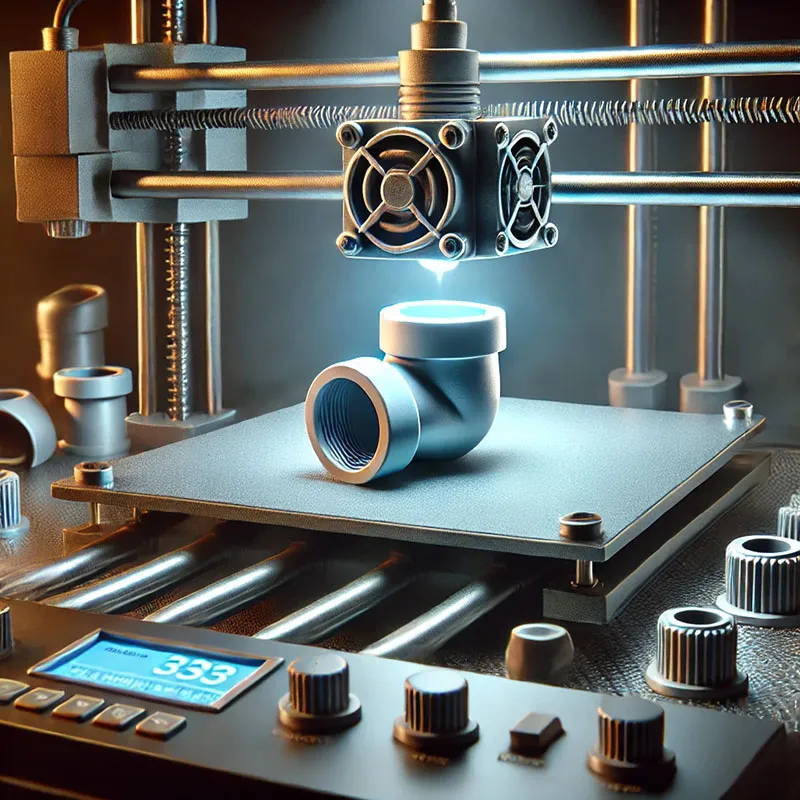
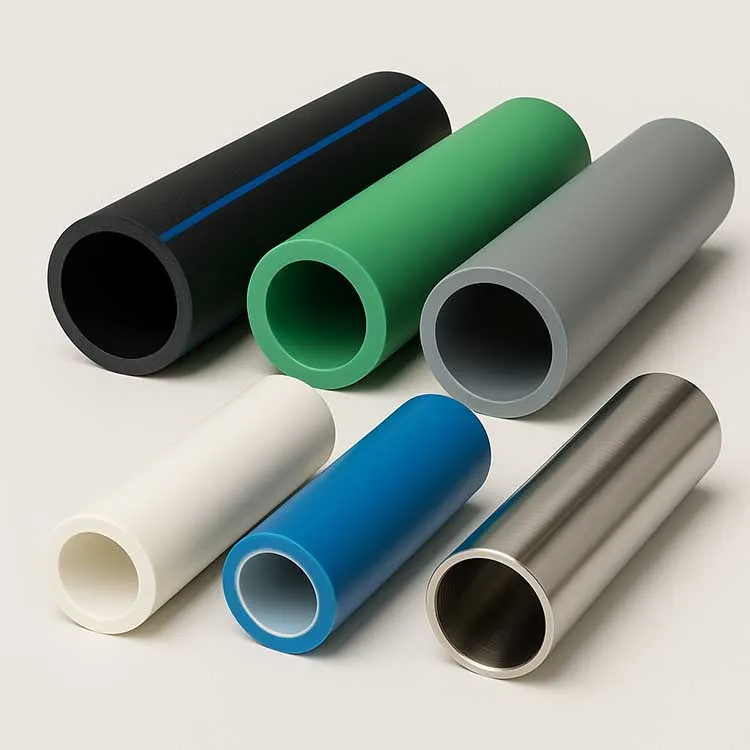
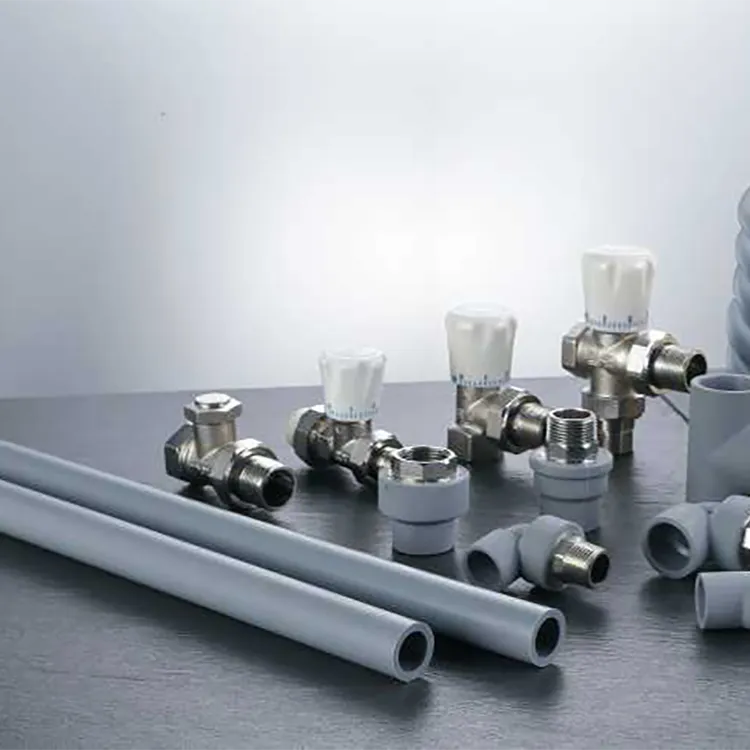
981.webp)
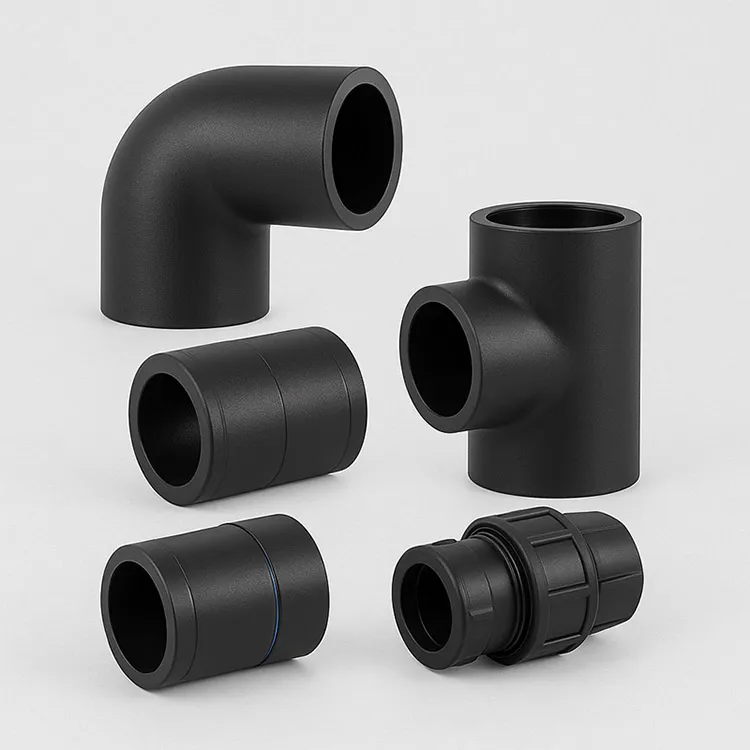
 (1)379.webp)
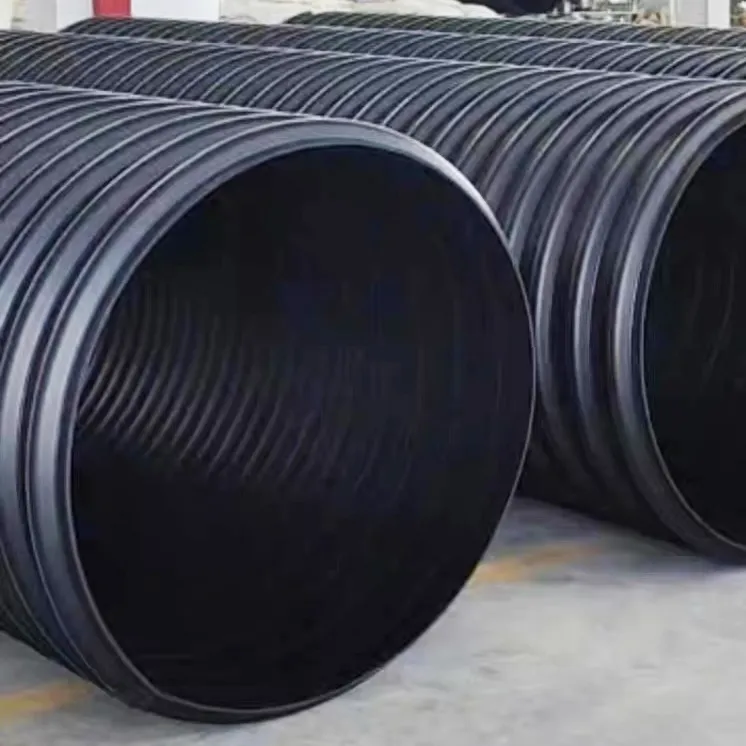
294.webp)
476.webp)
420.webp)
146.webp)
460.webp)
287.webp)
274.webp)
688.webp)

